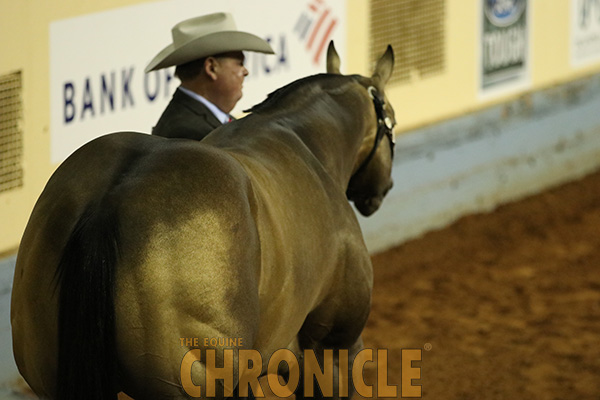
On one hand, our demands must increase with time, if we want the horse to become stronger. But, on the other hand, if we take this a step too far, we end up with injuries. This is tricky enough with humans, but with horse’s it’s almost like a lottery. Not only are they not able to tell us when something is wrong, they actively try to conceal it! It is in their nature to hide smaller issues and compensate for pain by adjusting the way they use their body, so often that we don’t even know anything is wrong until something is very wrong. Keeping an eye on your horse’s muscles is a good way to spot any potential issues before they become serious.
Continue reading …American Quarter Horse on Cross Country Trek to Raise Awareness For Childhood Hunger
December 10, 2019 Comments Off on American Quarter Horse on Cross Country Trek to Raise Awareness For Childhood Hunger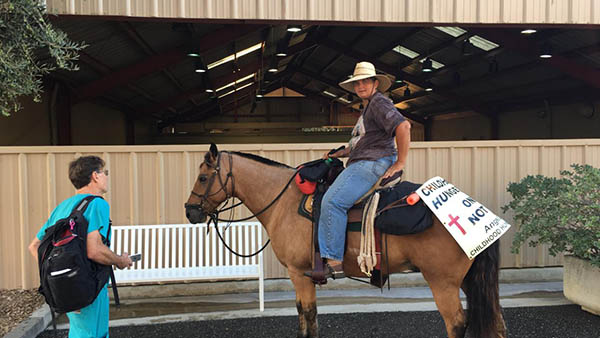
Six years ago, Star-Buck was near death. Emaciated and weighing only 400 pounds, he was rescued by Angela Wood and friends. Now, the 10-year-old American Quarter Horse gelding is strong enough to walk across the country with Wood to raise awareness for childhood hunger.
Continue reading …How Can Horse Owners Test For EMS?
December 8, 2019 Comments Off on How Can Horse Owners Test For EMS?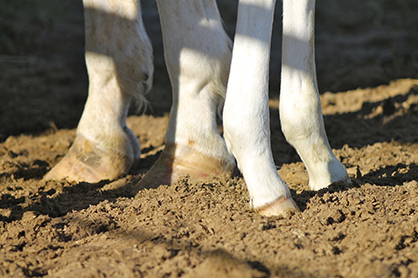
The researchers concluded that a single gene genetic test will not reveal to owners whether or not their horse is genetically predisposed to EMS. Rather, the scientists suggest further research be done into developing a more intricate panel test to meet the complexity of the disease’s genetic nature.
Continue reading …Start-Up Company Announces Creation of Regenerative Therapy Matrix Made From Foaling Birth Tissues
December 7, 2019 Comments Off on Start-Up Company Announces Creation of Regenerative Therapy Matrix Made From Foaling Birth Tissues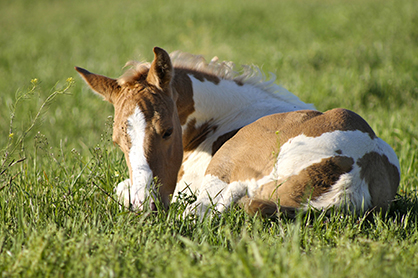
Regenaflex is a product made from freely donated birth tissues of horses foaling in equine hospitals. After aseptic processing, Regenaflex is a shelf-stable product that can be used immediately.
Continue reading …USEF Bans Medroxyprogesterone Acetate, “Depo,” in Horses- Effective Dec. 1st
December 5, 2019 Comments Off on USEF Bans Medroxyprogesterone Acetate, “Depo,” in Horses- Effective Dec. 1st
Starting December 1, 2019, MPA in horses competing at USEF-licensed competitions will be prohibited. However, due to the length of time involved for MPA to clear a horse’s system, sanctions for a positive test result will begin on June 1, 2020. The USEF has classified MPA as a Category III substance which has a penalty range starting at a 3-6 month suspension and a fine of $3,000-$6,000 for a first offense.
Continue reading …Pilot Study Shows Horses May Improve Childhood Obesity Therapy
December 5, 2019 Comments Off on Pilot Study Shows Horses May Improve Childhood Obesity Therapy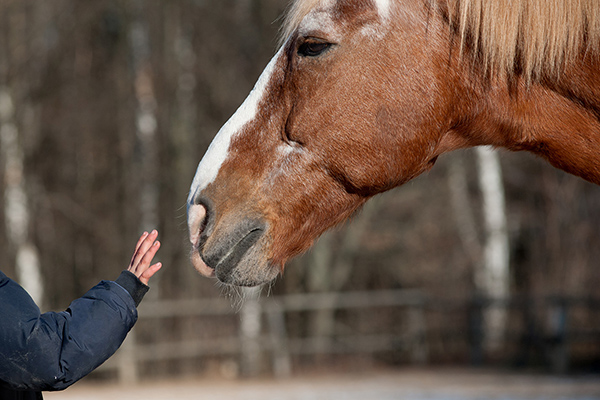
Children were physically active for 45-60 minutes of each weekly session, participating in horsemanship activities such as learning to groom and lead the horses as well as practicing riding skills, which provided mild to moderate levels of exercise intensity.
Continue reading …Using Online Knowledge to Benefit Horses in Uganda
November 29, 2019 Comments Off on Using Online Knowledge to Benefit Horses in Uganda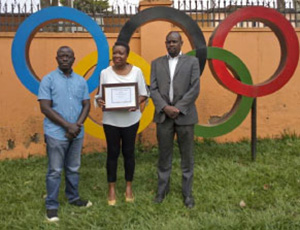
Rwese is full of ambition to gain knowledge that will help develop programs to improve horse welfare in Uganda and reduce unnecessary vet bills that could stifle the growing industry. She says that Uganda is humid most of the year and many stables own horses that may not be a good “genetic” fit for the environment thus the interest in the online Genetics course at Guelph
Continue reading …How to File a Stallion Breeding Report Online- Due. Nov. 30th
November 25, 2019 Comments Off on How to File a Stallion Breeding Report Online- Due. Nov. 30th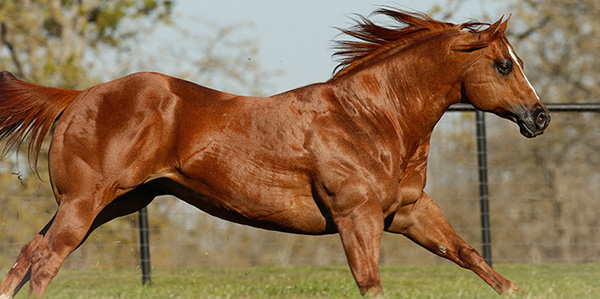
Stallion owners know filing a stallion breeding report is an important part of the registration process. Stallion breeding reports are due November 30. Filing a stallion breeding report online makes the process convenient.
Continue reading …Once Bitten, Twice Shy is Not the Case With Kids and Horse, According to Study
November 10, 2019 Comments Off on Once Bitten, Twice Shy is Not the Case With Kids and Horse, According to Study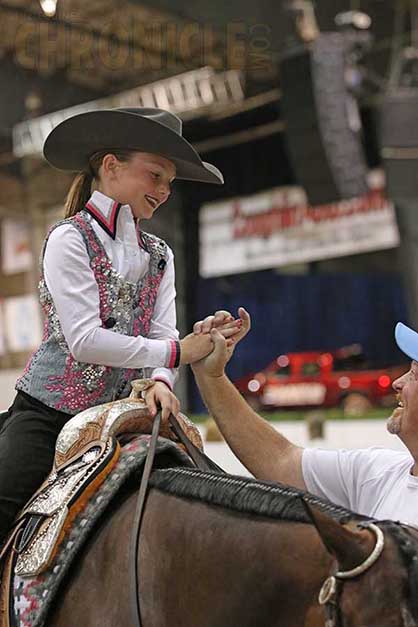
A startling result indicated that 75% of the children surveyed had experienced at least one type of painful incident more than once, yet only 7.3% said they had modified their behavior (e.g., keeping fingers away from the horse’s mouth after having been bitten). “We were quite surprised that these incidents had little impact on children’s behavior around horses,” says Genik. “This implies that the incidents may continue to occur even if they could be prevented – and we know from recent work that many incidents around horses may actually be preventable.”
Continue reading …Cargill Announces Addition of Three New SafeChoice Horse Feed Products
November 7, 2019 Comments Off on Cargill Announces Addition of Three New SafeChoice Horse Feed Products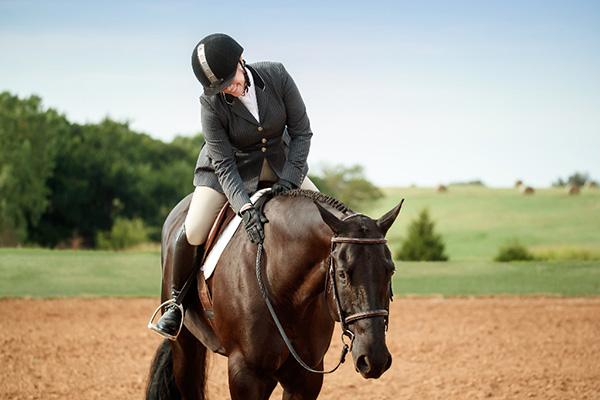
Improvements to the SafeChoice formulas include updates to guaranteed sugar and starch levels, limitations on variable ingredients, and superior palatability. And with the understanding that each horse is different, the full SafeChoice line gives horse owners the flexibility to choose feeds based on their horses’ individual needs based on age and activity levels.
Continue reading …







